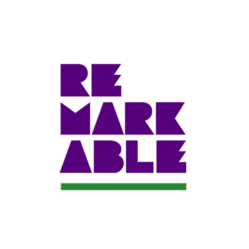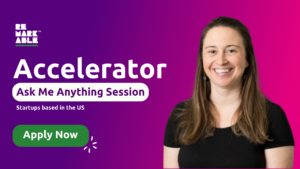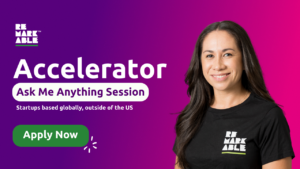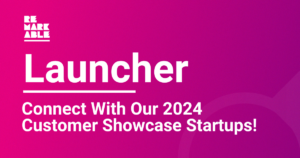You might end up damaging the perceived value of your product, or the market price for it, or both.
It’s very common for the startup founders I meet to want to offer the earliest versions of their product or service to early customers for free, or at a significant discount. I encourage them (and you) to not do that.
Discounts work best when the customer already has an expectation of what the price should be and is already convinced that they need your product (or a competitor’s similar product) to solve the problem they have.

Discounts depend upon an established price
If I offered you a half-price coffee, that’s a discount that has a high likelihood of converting you as a customer. Assuming the quality of the coffee is acceptable, you know what coffee costs, and if you need a coffee, a 50% discount is attractive.
If you’re not yet used to paying $X for a coffee, a 50% discount may not feel like a discount. It may feel more like the true cost of a coffee. The longer you’re getting the discount the more you’ll resent the full price when the discount ends. You’ll be more likely to try the coffee at a different store. You’ll be much more likely to respond to a competing discount offer from a different store too. I’ve taught you that the true cost of a coffee is much less than I need it to be.
‘Free’ is also a 100% discount
As the co-founder of a Netflix-like startup in the early 2000’s I believed we had to offer the first month of DVD rentals to new customers for free. It was what Netflix had done before us (and it seemed to be working for them in the US) and all our competitors were copying Netflix too.
While the free trial was effective at acquiring free trial users, it was disastrous when it came to converting those free trial customers to a $29.95/month subscription.
The reason why is embedded in how I just described those customers — they weren’t “paid subscribers”, they were “free trial customers.” They were customers of our free service. When their 30 days of free service ended, they churned and tried a succession of our competitors.
What we really did by offering a free trial was make our free trial customers believe the true cost of renting DVDs was $0.00.
It’s not just about the price, it’s also about the customer experience
Sometimes, if a brand you know well offers you a discount on a new product you’ve never purchased before, the discount is effective because the brand and customer experience is known and understood, even if the product isn’t.
Apple and Tesla are two examples of technology companies that have exceeded most customer experience expectations for so long that hundreds of thousands of customers will queue around the block at an Apple Store to buy something they’ve only seen demonstrated in a keynote performance, or put down (as I did) a deposit on a Tesla Model 3 on the day it was unveiled for the first time, without ever having sat in one, much less driven it. We knew these companies were going to deliver great customer experience to us.
If you’re an early-stage startup, you don’t have that legacy of positive customer experience to draw down on. Offering you a discount on something you’ve never bought before, from a company you’ve never been a customer before, is much less effective.
It’s also about how the product works
If your product is innovative, to some degree you’re solving the customer’s problem in a new way so the customer may not yet be certain it’s effective.
You’re certain that your innovative product is going to be a much better solution but the customer won’t be, until they’ve been using the product themselves. Offering someone a discount on something they fear may not solve their problem, or only partially solve it, may not work as an acquisition incentive.
Just sell it at your ideal price for a while
So in summary: if you’re a new startup brand, launching an innovative new product, sell it at what you need the recommended retail price to be in the future when it’s a real business with salaries and bills to pay.
Customers will complain about paying for your crappy product, full of bugs and with missing features, but at least you’ll know for sure what to fix/build next. Customers getting it for free or at a discount are usually the hardest customers to get feedback from, and believe me, knowing they’re getting it for free or at a discount won’t make them any kinder to you!



